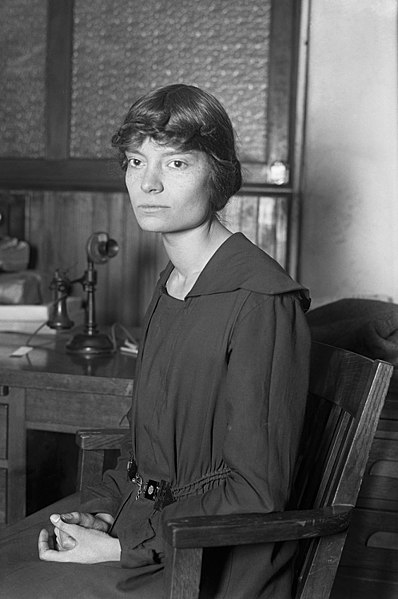Anarchism and violence have been linked together by events in anarchist history such as violent revolution, terrorism, assassination attempts and propaganda of the deed. Propaganda of the deed, or attentát, was espoused by leading anarchists in the late 19th century and was associated with a number of incidents of political violence. Anarchist thought, however, is quite diverse on the question of violence. Where some anarchists have opposed coercive means on the basis of coherence, others have supported acts of violent revolution as a path toward anarchy. Anarcho-pacifism is a school of thought within anarchism which rejects all violence.
An American political cartoon, published in 1919, depicting a European anarchist preparing to destroy the Statue of Liberty.
Anarcho-pacifism, also referred to as anarchist pacifism and pacifist anarchism, is an anarchist school of thought that advocates for the use of peaceful, non-violent forms of resistance in the struggle for social change. Anarcho-pacifism rejects the principle of violence which is seen as a form of power and therefore as contradictory to key anarchist ideals such as the rejection of hierarchy and dominance. Many anarcho-pacifists are also Christian anarchists, who reject war and the use of violence.
Henry David Thoreau
Broken rifle and Circle-A
Bart de Ligt, influential Dutch anarcho-pacifist writer of the theoretical work The Conquest of Violence
Dorothy Day, American Christian anarchist and anarcho-pacifist





